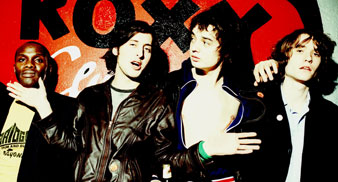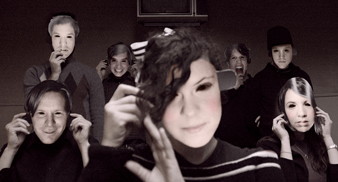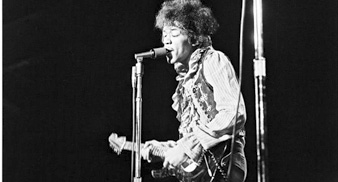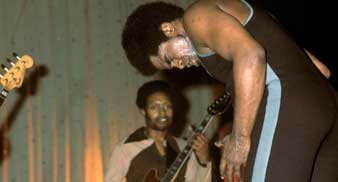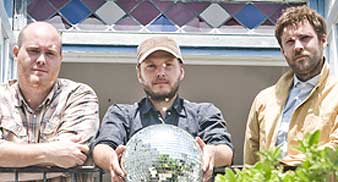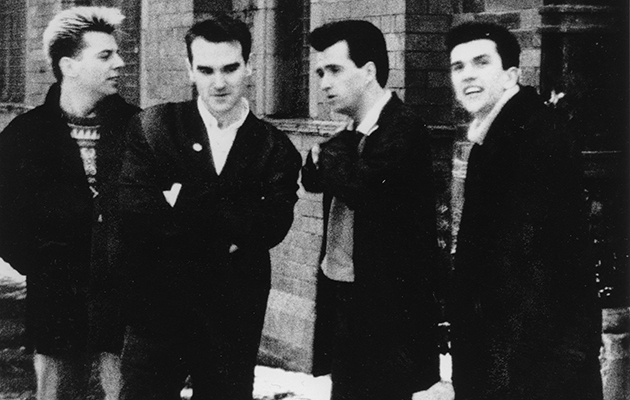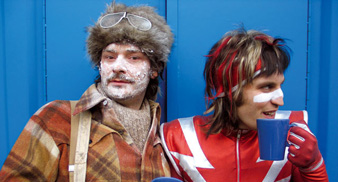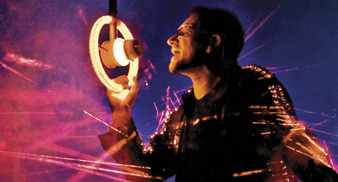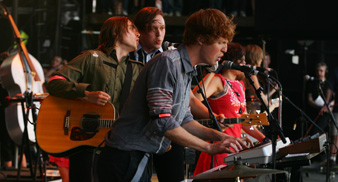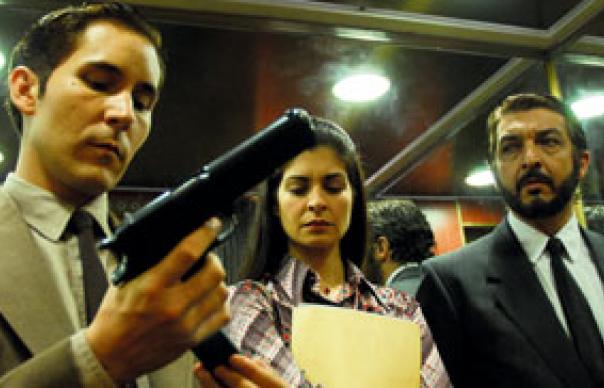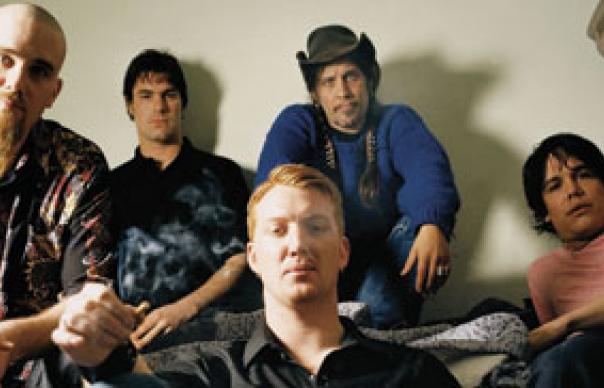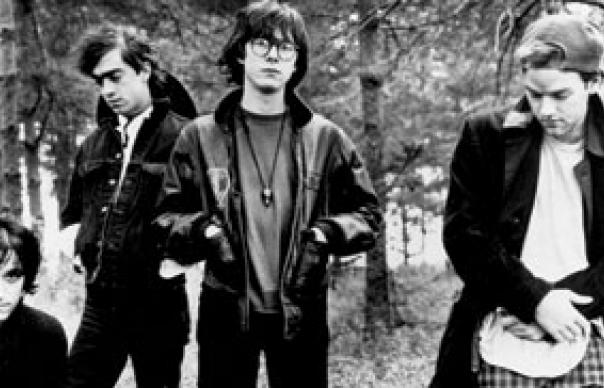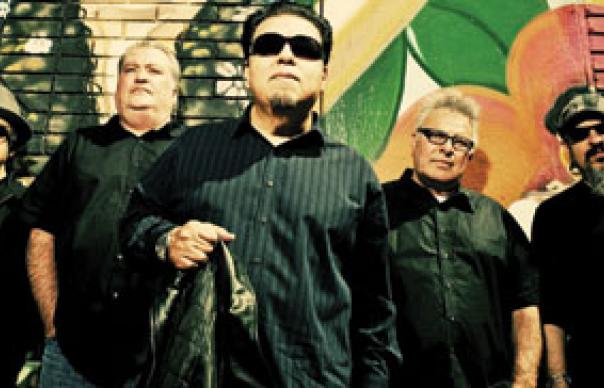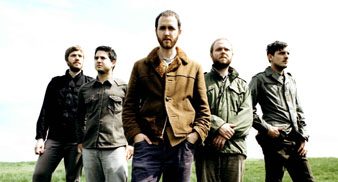The arrival yesterday of a remix of “Heathen Child”, with added Robert Fripp, reminded me that I’d somehow neglected to write anything about “Grinderman 2”, even with Nick Cave on the cover of the current Uncut. These past few months, I’ve actually had some fairly fluctuating responses to Cave’s records: a bunch of reissues of albums I’d long loved sounded oddly unsatisfying, and what you could pejoratively term the panto aspect of Cave’s schtick (and, actually, his attitudes, however 'literary', to women) seemed harder than usual to ignore. Something similar happened the first time I listened to this second album by the Grinderman project. Two things happened, though. One: an awareness that Cave’s music, more than most at the moment, appears to be vulnerable to my moods. And two: an understanding, repeatedly drilled into us, that Grinderman are a band that just happen to feature Nick Cave, rather than a Nick Cave project. It’s a delicate nuance, but in that context “Grinderman 2” starts sounding rather differently; as, perhaps, a terrific new project from the guy from The Dirty Three. Consequently, it’s Warren Ellis who starts to dominate these nine immensely rackety and entertaining songs. Cave told David Quantick in the Uncut interview that “Half the time we don’t know what they [the sounds] are,” but it’s likely that a fair few of them are generated by Ellis’ electric bouzouki, a weapon of considerable aggression and potential for distortion. Presumably, it’s that which makes the noise loosely comparable to Ron Asheton wrestling a Hoover on “Heathen Child”. Cave is plenty audible here, backed as he is by a great Martyn Casey bassline and the blokey call-and-response harmonies of his bandmates (on “Palaces Of Montezuma”, incidentally, they attain an elevated sort of rugby club soulfulness). Often, though, he uncharacteristically sinks into the mix, as if the democracy-in-action spirit of Grinderman is being muscularly asserted over the mixing desk. When he’s foregrounded on “Palaces Of Montezuma”, a grand, droll and verbose rumination on the dimensions of love that’d fit neatly on the last couple of Bad Seeds albums, it’s quite a shock. That said, “Palaces Of Montezuma” is the not the only song to recall The Bad Seeds. “Grinderman 2” is a substantially more wide-ranging effort than its predecessor. At its centre sits a looming marvel called “When My Baby Comes”, which has a similar fluttering anxiety, as Ellis’ violin loops and loops, to “Moonland” on “Dig, Lazarus, Dig!!!” (Just checked the title of “Moonland”, incidentally, and noticed that its songwriting credit is Cave/Ellis/Casey/Sclavunos – Grinderman, in other words). About halfway through, “When My Baby Comes” explodes into a cycle of bigger and bigger riffs. Quoting Cave again from the Uncut interview, he says, “Jason Spaceman came into the studio and we played him ‘Worm Tamer’. He Said, ‘Are you guys aware of just how fucked up this sounds?’” Spaceman had a point about the excellent “Worm Tamer” (Bo Diddley beat, wave after wave of noise, sexually-charged reference to the Loch Ness Monster). If he’d been commenting on “When My Baby Comes”, however, he’d perhaps be less disconcerted: that long passage of crescendos is not a million miles away from the sound of peak Spiritualized. And while “Evil” is a fervid throwback to the first Grinderman album, “What I Know” is something else again: parched and vulnerable near-ambience which again emphasises the ambitions of Warren Ellis in the post-Mick Harvey era, evidently keen on using the studio as an instrument rather than relying on the unsullied sounds of these very bad men and their instruments. Finally, there’s “Bellringer Blues”, conceivably the best track on “Grinderman 2”, which begins with a flare of backwards psych, and maintains a reverse Ellis riff throughout, over an intensely groovy organ vamp. Grinderman are currently playing an interesting game with their own reputations – the daft dressing-up game of the “Heathen Child” clip being a case in point – but on “Bellringer Blues”, the brilliance of the band really comes to the fore: the incipient menace doesn’t come from Cave, but from the trippy, claustrophobic funk conjured up by his accomplices.
The arrival yesterday of a remix of “Heathen Child”, with added Robert Fripp, reminded me that I’d somehow neglected to write anything about “Grinderman 2”, even with Nick Cave on the cover of the current Uncut.


